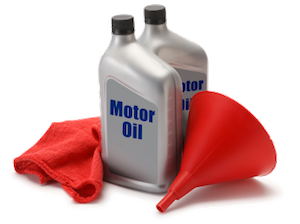home | e-mail | terms of use
oilspecifications.org
What is Low Speed Pre-Ignition (LSPI) and How Can It Be Avoided?
Engine manufacturers have been striving for a long time to reach higher and higher efficiency in their engines combined with lower and lower fuel consumption. One of the most efficient ways for a gasoline engine to operate is to use direct injection. LSPI can only happen in engines using gasoline direct injection technology.
So, what is LSPI and why does it happen? When the fuel is injected in the combustion chamber it may form a liquified solution with the thin residual layer of oil that sits on the cylinder wall. This fuel-oil solution is then pushed upwards by the piston during the compression stroke and the pressure may cause it to ignite, thus resulting in an unplanned combustion pressure wave. This is the LSPI event. Afterwards, the spark plug ignites the remaining fuel-air mixture that results in a second combustion shockwave. The combined force of the shockwaves is enough, in the long run, to create cracks in the piston and eventually to cause sections of the piston to break away completely.
Realizing this problem, engine manufacturers turned to oil companies for help. Oil companies changed their additive packages in such a way that would prevent the fuel-oil mixture from combusting and thus preventing the uncontrolled combustion. The American Petroleum Institute introduced a supplement to their API SN specification – called API SN Plus – that also includes tests to verify that the oil protects against LSPI.


